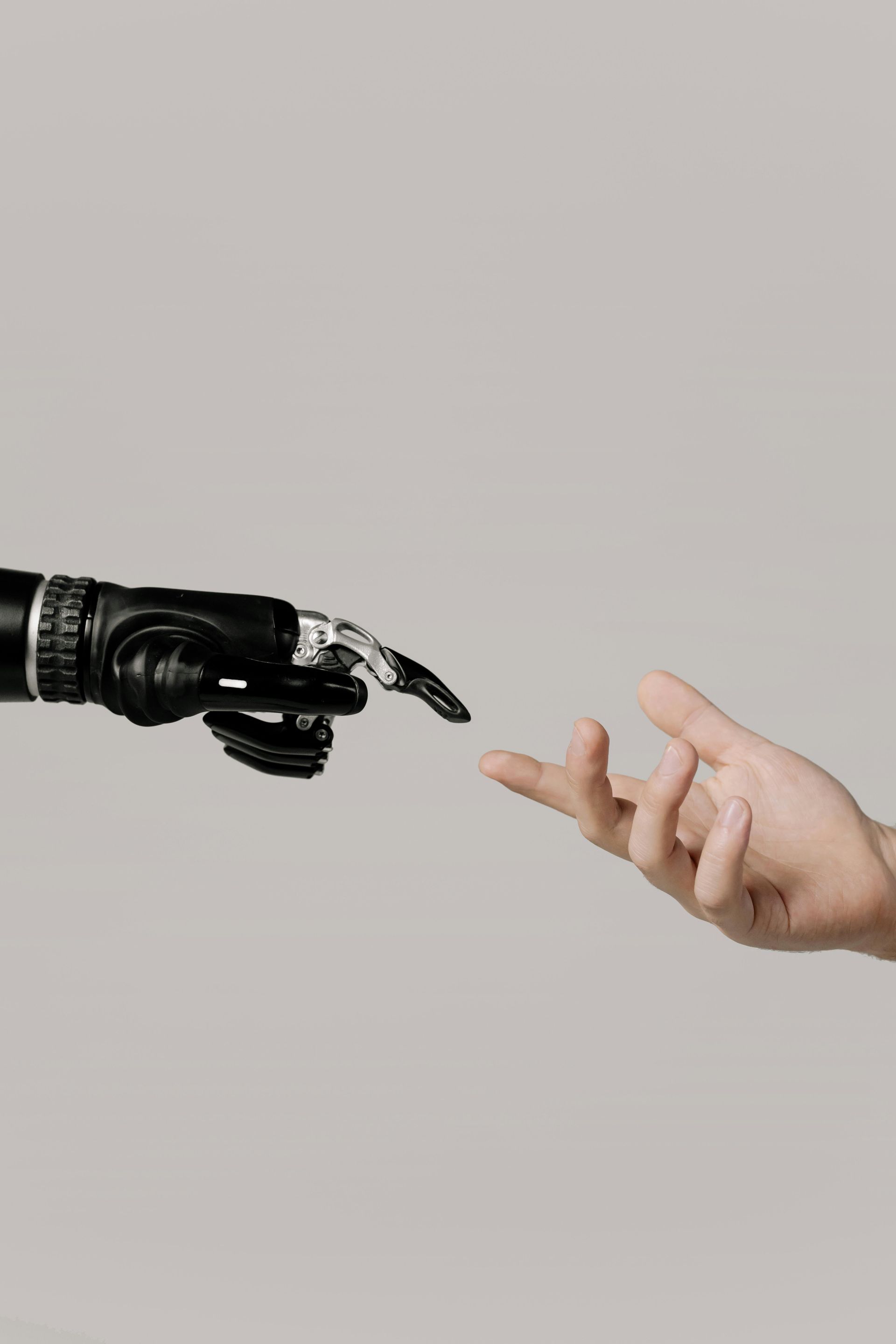There has been a growing narrative suggesting that Robotic Process Automation (RPA) is on the decline, overshadowed by the rise of artificial intelligence (AI) and machine learning (ML). This is a misconception that needs to be debunked as RPA remains a vital tool for automating repetitive, rule-based tasks, and its capabilities continue to evolve to meet the changing needs of businesses. Our team dives into specific ways RPA can be utilized in every day business processes.
What is RPA?
RPA involves the use of software robots to automate tasks that would typically be performed by humans. These robots can interact with various applications, systems, and data sources to perform tasks such as data entry, processing, and reporting.
What are the Benefits of RPA?
Despite the emergence of AI and ML, RPA offers several distinct advantages:
- Cost-effectiveness: RPA can significantly reduce operational costs by automating repetitive tasks and eliminating the need for manual labor.
- Efficiency: By automating routine tasks, RPA can free up employees to focus on more strategic and value-added activities.
- Accuracy: RPA can help to improve data accuracy and consistency by reducing human error.
- Scalability: RPA can easily scale to meet changing business needs, allowing organizations to handle increased workloads without additional staffing.
- Rapid Deployment: RPA solutions can be implemented relatively quickly, providing a fast return on investment.
RPA and AI: A Complementary Relationship Explained
While AI and ML have made significant advancements the last 5 years, they are not direct replacements for RPA. In fact, RPA and AI can work together to create more powerful and effective automation solutions.
- AI-Powered RPA: AI can be used to enhance RPA capabilities by enabling robots to handle more complex tasks, such as natural language processing and image recognition.
- RPA-Enabled AI: RPA can be used to automate the data preparation and preprocessing tasks required for AI and ML models.
RPA in the Future
RPA is not just surviving; it is evolving. As technology continues to advance, we can expect to see even more sophisticated RPA solutions that can handle more complex tasks and integrate seamlessly with other technologies. Some of the emerging trends in RPA include:
- Intelligent Automation: Combining RPA with AI and ML to create more intelligent and adaptable automation solutions.
- Hyperautomation: The use of RPA to automate as many processes as possible within an organization.
- Cloud-Based RPA: Deploying RPA solutions in the cloud to improve scalability and accessibility.
- Process Mining: Using data analytics to identify process inefficiencies and opportunities for automation.
RPA is not dead; it is a thriving and essential tool for businesses looking to improve efficiency, reduce costs, and enhance customer experiences. While AI and ML are making significant strides, RPA continues to offer unique benefits and can be effectively combined with these technologies to create powerful automation solutions. Keep reading our blog for our latest process management tips, and check out our business process automation software to learn more!







